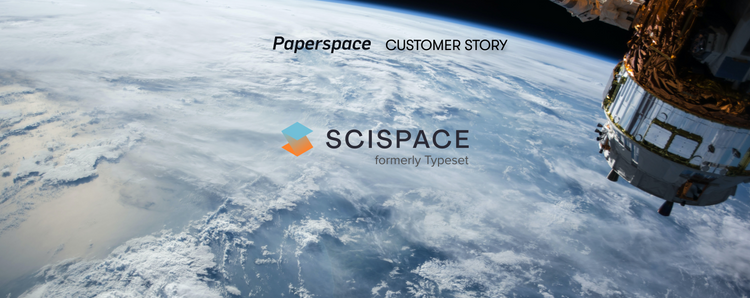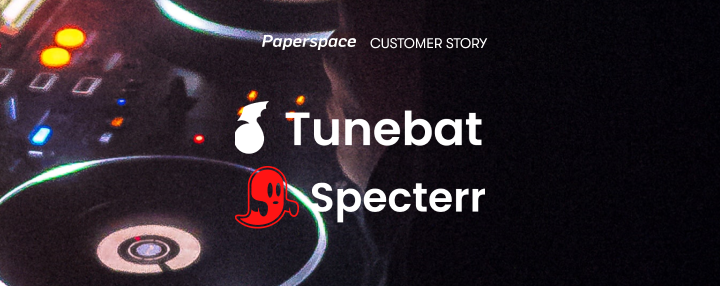In collaboration with Bitforms Gallery and Small Data Industries, Paperspace spoke with artist Daniel Canogar, whose work Loom is being presented as part of a cloud-based, 24/7 stream of generative software-based art.
Daniel was born in Madrid and splits his time between the United States and Spain. He graduated from NYU with a degree in Photography and became interested in projected image as a medium. Throughout his career he has created installations for the American Museum of Natural History and the European Union, as well as his solo work that has been presented in Times Square, and at the Sundance Film Festival in Park City.
We were very excited to have the opportunity to speak with Daniel about Loom and his experience as a technology-first artist. We found his insight into the everyday shared spaces of technology and society profound and worthy of deep study.
Bring this project to life
Paperspace: Is it worth distinguishing between art and technology? What’s the difference in your mind?
Canogar: We forget how art has always had a technological/technical component. Examples include the development of finer brushes and pigments, refining optics for camera obscuras used for drawing outlines, as well as the development of the perspectival system, which in itself was a scientific invention. I’m not so interested in framing how the intersection of art and technology is a contemporary phenomenon; rather, I am fascinated to learn about the many historical examples of how this intersection happened in the past, and perhaps realizing that in many ways the same old issues remerge again and again but updated with the technology of the moment.
Paperspace: Your first medium was photography. What made you branch out into film and public installations? Does your process change with each medium?
Canogar: I did start as a photographer, but I was technically very clumsy with the medium. My negatives were always full of dust (I started out with pre-digital photography) and never had the patience to refine my craft. After a while, I realized what really captivated me about photography was the experience of the darkroom: light projected by the enlarger and burning an image onto the light-sensitive paper, the smell of chemicals, the red light, the miracle of seeing an image magically appear on a blank piece of paper. These were formative experiences in my late teens that are still present in my present work. It was only natural for me to start thinking about projected images, experiential installation art and using technology as a way of making these creations happen.
Paperspace: So what exactly is generative art?
Canogar: Generative art is basically algorithmic art. An algorithm is coded to establish a set of behavioral rules that process the data. Once these rules are set in motion the artwork takes on a life of its own, always recombining the information in new and surprising ways. In many ways generative art is closer to performance art than to, say, video art: it has a life of its own, is ephemeral, and never repeats itself in exactly the same way. Once I started working with generative art, I never wanted to go back to video.
Paperspace: When creating generative art, do you already have an idea of what statement the piece will make, or do you come to that conclusion after analyzing what was generated?
Canogar: The process of creating a generative artwork is a dialogue. I have an initial concept which I share with my programmers, together with sketches, other visual references, etc. They get to work and a few days or weeks later they show me a first draft of the artwork. This is when the dialogue with the artwork begins. I take a careful look at the draft, notice what works and what doesn’t, and try to listen to what the algorithm is trying to tell me. My programmers pick up on this internal dialogue I have with the developing artwork and continue to tweak. I try to remain open to the process, not imposing my initial concepts and ideas of what I imagined the artwork would look like, but being open to the many surprising things that happen along the way. Needless to say that I also listen to my programmers' input during our creative journey. After endless tweaks, and literally living with an artwork that is constantly changing, I feel I know the work deeply and become ready to release it to the world.
Paperspace: What about the possibility of having an unknown outcome excites you?
Canogar: Serendipity, synchronicity, the art of the accident. I am also excited about losing control of the outcome. I have seen amazing things happen with generative work that I could never have planned. It taps into endless combinatorial possibilities that take you beyond what can be planned, organized, controlled. For example, as I write this, I have just seen the single word “Protest” in smoldering black slide down my screen on which I have Loom running, capturing the moment we are living right now with a chilling and beautiful precision.
Paperspace: How do you choose the length of an installation? For Loom, I imagine the understanding of the piece would change depending on if it was streamed for a day, week, month or even a year. Do you agree?
Canogar: Time gets warped with artworks like Loom. There is really no past, nor future. By using real-time data, it lives solely in the present. Traditional notions of time related to narrative, of how long a video or a film runs, do not apply. When considering the life-span of the artwork, perhaps we should think about when the work dies: when the software that runs it becomes obsolete and can no longer find a computer to run on.
Paperspace: What do you think is the difference between displaying art in a physical gallery vs in a digital microcosm? Is there novel understanding of your audience available through presenting in this alternative space?
Canogar: Perhaps the audience may not change that much: those that experience Loom online are just as likely to visit an art gallery. I imagine they are generally interested in art and will consume it both online and off. What changes fundamentally is the attitude, mood, and predisposition of an online audience. They are using their screens for multiple activities, including creating Excel sheets, streaming Netflix, and connecting to the outside world via Zoom. It’s a tightly packed and busy platform to share artwork with. Perhaps for this reason I wanted to create an antidote to the business of the screen, by creating a tranquil, almost meditative artwork.
Paperspace: What do you hope people will take away from this installation?
Canogar: I do hope people will spend some time with the work, not necessarily watch it continuously, but have it up on their computer screens and glance at it occasionally. By living with the work, you are able to see current events unfold in front of you, not as sensationalistic breaking news, but as a poetic experience. Loom captures what is on people’s minds right now. Their online searches have been artistically distilled so as to better grasp the collective consciousness of the moment. Above all, I hope people will enjoy this artwork.
Paperspace: Anything else you’d like to share?
Canogar: I’d like to profusely thank Paperspace for making this artwork happen. We couldn’t have done it without you!
Be sure to visit Biforms Gallery’s first-of-its-kind virtual art gallery, starting with Canogar’s Loom which is live until June 9, 2020. With the help of a Paperspace Core P6000 virtual machine, Bitforms Gallery (in collaboration with Small Data) will be streaming five additional pieces 24/7 for the next three months.











